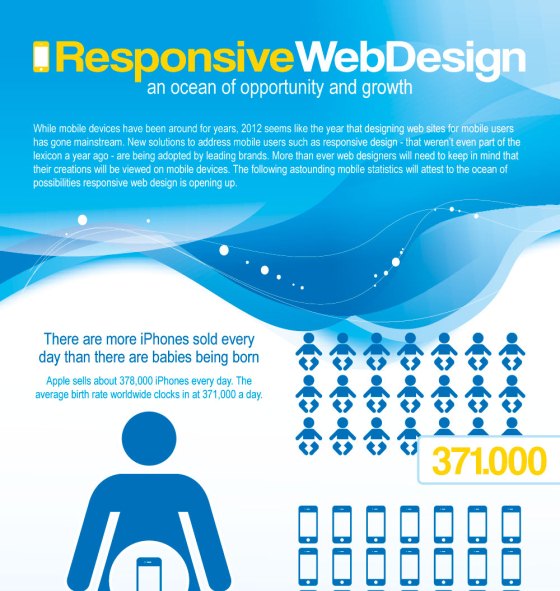Crafting A User-Friendly Website: Methods And Strategies For Website Design Success
Crafting A User-Friendly Website: Methods And Strategies For Website Design Success
Blog Article
Article Created By-Dominguez Bengtsen
Master the art of website design by focusing on customer experience. Craft user-friendly navigating and go with mobile optimization to boost the searching experience. Ensure very easy navigating with clear headings and enticing visuals. Focus on mobile responsiveness for a regular individual experience. By incorporating these vital style concepts, you can develop an easy to use site that astounds visitors.
Vital Layout Principles
When developing a web site, focus on individual experience above all else. Your main objective must be to develop a smooth and delightful experience for your visitors. Start by making sure that your site is simple to navigate. Use clear headings, organized food selections, and user-friendly buttons to direct users with your web content easily. Bear in mind, simpleness is essential. Prevent cluttering your pages with unnecessary elements that can overwhelm or perplex your target market.
An additional crucial style concept is to ensure your web site is aesthetically appealing. Choose a natural color pattern, top notch images, and understandable typefaces to improve the overall appearance of your website. browse around this website is crucial in developing a solid brand name identity and making your web site extra remarkable to users.
Furthermore, prioritize mobile responsiveness. With even more people surfing the web on their smart devices and tablets, it's necessary that your web site looks and functions well on all devices. Evaluate your website on different screen dimensions to make certain a seamless experience for all users. By focusing on these necessary style principles, you can produce a straightforward web site that keeps site visitors returning for more.
User-Focused Navigation
To improve customer involvement and simplify their surfing experience, focus on creating instinctive navigating pathways that guide site visitors effortlessly through your web site. Clear and efficient navigating is crucial for assisting individuals find the information they need quickly and effectively. Start by maintaining your menu framework straightforward and easy to understand. Usage descriptive labels that clearly suggest what content can be located under each food selection option. In addition, think about carrying out dropdown menus for subcategories to stop congestion the main navigation bar.
Another vital facet of user-focused navigating is making use of breadcrumbs. Breadcrumbs are an additional navigation aid that reveals customers their present place on the site and permits them to quickly browse back to previous web pages. This attribute is specifically practical for users who enter your site with a deep web link or an online search engine outcome.
In addition, incorporating search performance prominently on your internet site can further boost user navigating. A search bar enables users to swiftly find particular material without needing to click through multiple pages. Make certain that your search bar is quickly visible and accessible on every page of your site for maximum usability. By focusing on user-focused navigating approaches, you can produce a more instinctive and satisfying browsing experience for your visitors.
Mobile Optimization Techniques
Think about optimizing your internet site for smart phones to ensure a smooth customer experience throughout various screen dimensions. Mobile optimization is critical in today's electronic landscape where a considerable section of web surfing occurs on smart devices and tablets.
To enhance mobile use, beginning by executing responsive design strategies. This strategy allows your web site to adapt to numerous screen measurements, keeping functionality and visual appeals.
Focus on maximizing loading times for mobile individuals. Slow-loading sites can prevent site visitors and impact your search engine rankings. Compress images, lessen HTTP demands, and take advantage of web browser caching to enhance filling speed. In addition, prioritize material power structure for mobile display screens. Guarantee that vital information is prominently displayed, and navigation is user-friendly, advertising easy accessibility to key sections.
Make use of touch-friendly components such as larger buttons and structured types to help with communication on smart phones. Conduct thorough testing throughout various mobile platforms to recognize and correct any type of use issues.
Verdict
Finally, understanding the art of web design is crucial for producing an user-friendly website. By integrating essential style principles, user-focused navigation, and mobile optimization methods, you can ensure a seamless and delightful experience for your site visitors.
As an example, a neighborhood pastry shop saw a 30% rise in online orders after revamping their site to be much more user-friendly and mobile-responsive. Keep in mind, a properly designed web site can make all the difference in attracting and maintaining consumers.
